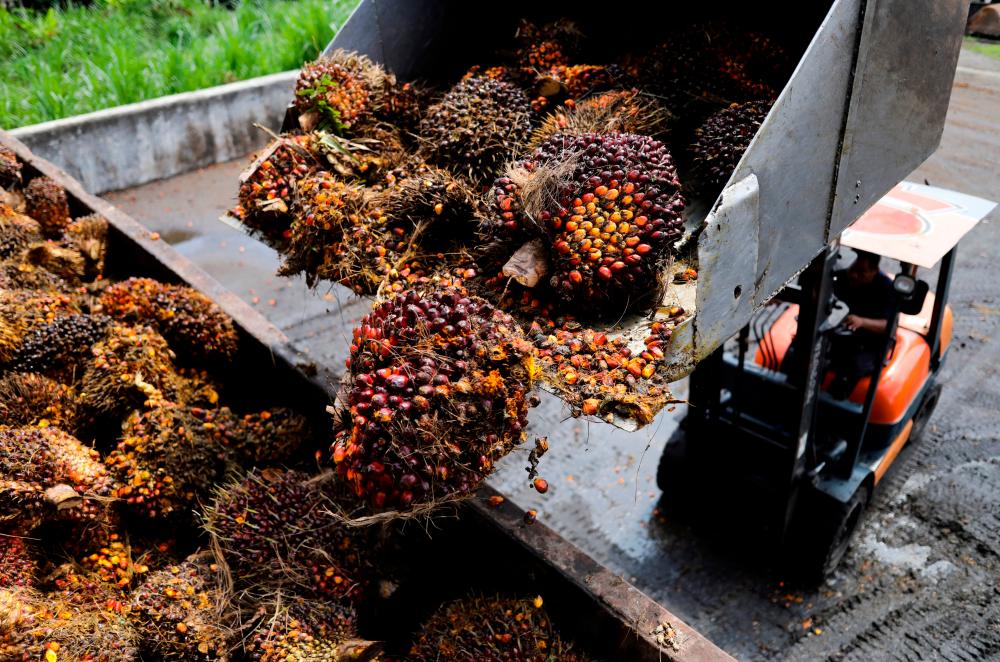KUALA LUMPUR: The palm oil market is expected to show a slightly positive price trend going into 2024, ranging between RM3,700-RM4,100 per tonne as it recovers from substantial selling pressure as witnessed in sunflower oil over the past few months.
According to Malaysian Rating Corporation Bhd (MARC), seasonal production trends, hotter climate conditions, and increasing demand for biofuels are expected to exert upward pressure on palm oil prices.
“Prices of edible oils have been volatile over the past couple of years driven by a combination of factors, including export restrictions, labour shortages, and the Russia-Ukraine conflict, resulting in a lower supply of edible oils.
“In 2022, the geopolitical conflict between Russia and Ukraine led to a global sunflower oil supply shortage, causing palm oil prices to reach record highs,” it said in a statement.
The local rating firm explained that in July 2022, the formation of the Black Sea Gain Initiative (BSGI) which had allowed Ukraine to export sunflower oil through the Black Sea region, has resulted in a steady global supply of sunflower oil.
For the year ended Aug 31, 2023, Ukraine’s sunflower oil exports rose by 27.3 per cent to 5.7 million tonnes.
Due to its bountiful harvest of seed crops, Russia’s sunflower oil exports also rose by 28.6 per cent to 4.1 million tonnes. This led to prices dropping below soybean oil with Europe experiencing discounts versus palm oil prices. Sunflower oil typically trades above soybean oil, followed by palm oil.
Soybean oil, a key palm oil substitute and determinant of palm oil price has also been affected by the El Niño weather conditions, MARC said.
“In the near term, supply constraints are expected to drive up palm oil prices. Typically, palm oil production declines after peaking in September or October, with the first quarter of the year having the lowest output.
“This seasonal trend of lower production will reduce palm oil inventories, and exert upward pressure on prices, especially in the first quarter of 2024,” MARC said.
With the ongoing El Niño conditions, seasonal effects and pricing differentials, crude palm oil prices are expected to trend slightly upwards in the near term.
On the flip side, downside risks to these estimations include lower-than-expected demand from India and China, the loosening of Indonesia’s export restrictions, favourable weather conditions, and higher-than-expected production of edible oils. - Bernama









